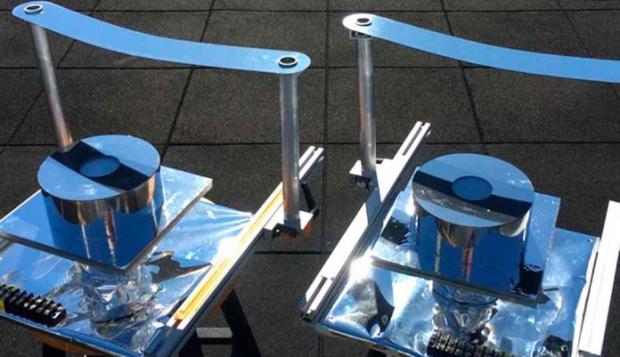
Breaking News
 Wash Post Editorial Board Turns Against Climate Agenda?!
Wash Post Editorial Board Turns Against Climate Agenda?!
 One Year Ago I Predicted and Described in Detail Huge Mars AI Plans that Elon Musk Confirmed...
One Year Ago I Predicted and Described in Detail Huge Mars AI Plans that Elon Musk Confirmed...
 British Teachers To "Spot Misogyny" In Boys And Target Them For Reeducation
British Teachers To "Spot Misogyny" In Boys And Target Them For Reeducation
 Democrats Refuse To Release Post-Mortem Of 2024 Election Loss, DNC Chair Says
Democrats Refuse To Release Post-Mortem Of 2024 Election Loss, DNC Chair Says
Top Tech News
 This tiny dev board is packed with features for ambitious makers
This tiny dev board is packed with features for ambitious makers
 Scientists Discover Gel to Regrow Tooth Enamel
Scientists Discover Gel to Regrow Tooth Enamel
 Vitamin C and Dandelion Root Killing Cancer Cells -- as Former CDC Director Calls for COVID-19...
Vitamin C and Dandelion Root Killing Cancer Cells -- as Former CDC Director Calls for COVID-19...
 Galactic Brain: US firm plans space-based data centers, power grid to challenge China
Galactic Brain: US firm plans space-based data centers, power grid to challenge China
 A microbial cleanup for glyphosate just earned a patent. Here's why that matters
A microbial cleanup for glyphosate just earned a patent. Here's why that matters
 Japan Breaks Internet Speed Record with 5 Million Times Faster Data Transfer
Japan Breaks Internet Speed Record with 5 Million Times Faster Data Transfer
 Advanced Propulsion Resources Part 1 of 2
Advanced Propulsion Resources Part 1 of 2
 PulsarFusion a forward-thinking UK aerospace company, is pushing the boundaries of space travel...
PulsarFusion a forward-thinking UK aerospace company, is pushing the boundaries of space travel...
 Dinky little laser box throws big-screen entertainment from inches away
Dinky little laser box throws big-screen entertainment from inches away
 'World's first' sodium-ion flashlight shines bright even at -40 ºF
'World's first' sodium-ion flashlight shines bright even at -40 ºF
These Cheap Little Refrigerators Can Provide Cooling Without Needing Any Kind of Power

A new way to provide cooling without power
Device developed at MIT could provide refrigeration for off-grid locations.
MIT researchers have devised a new way of providing cooling on a hot sunny day, using inexpensive materials and requiring no fossil fuel-generated power.
The passive system, which is primarily being hailed as a way to preserve food and medications in hot off-grid locations, is essentially a high-tech version of a parasol.
The system allows emission of heat at mid-infrared range of light that can pass straight out through the atmosphere and radiate into the cold of outer space, punching right through the gases that act like a greenhouse. To prevent heating in the direct sunlight, a small strip of metal suspended above the device blocks the sun's direct rays.
The new system is described this week in the journal Nature Communications. In theory, the system they designed could provide cooling of as much as 20º Celsius (36º Fahrenheit) below the ambient temperature in a location like Boston, the researchers say. So far, in their initial proof-of-concept testing, they have achieved a cooling of 6º C (about 11º F). For applications that require even more cooling, the remainder could be achieved through conventional refrigeration systems or thermoelectric cooling.
Other groups have attempted to design passive cooling systems that radiate heat in the form of mid-infrared wavelengths of light, but these systems have been based on complex engineered photonic devices that can be expensive to make and not readily available for widespread use, the researchers say. The devices are complex because they are designed to reflect all wavelengths of sunlight almost perfectly, and only to emit radiation in the mid-infrared range, for the most part. That combination of selective reflectivity and emissivity requires a multilayer material where the thicknesses of the layers are controlled to nanometer precision.



